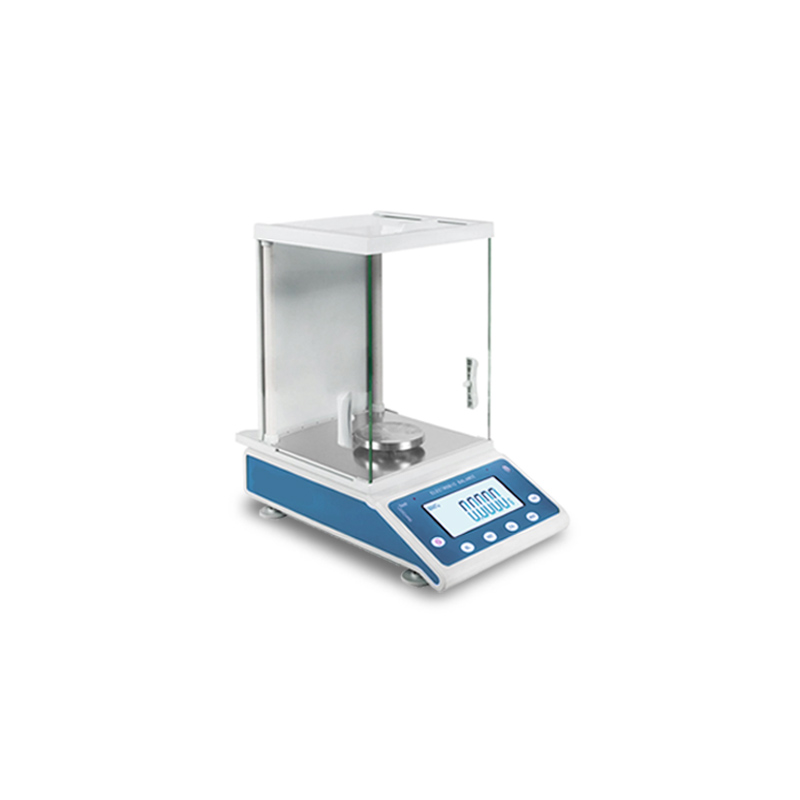Balance & Scale: A Buying Guide
Balance vs. Scale : What’s the Difference?
Balance & Scale is one of the most essential and fundamental instruments in any laboratory — whether it‘s in chemistry, pharmaceuticals, biology, food science, materials, or environmental research.

1. Different origins
Balance can be traced back to ancient Egypt, which was based on the principle of leverage and achieved weighing by comparing the masses of two objects.
Scale emerged with the development of mechanics theory and is commonly used to measure the weight of objects, especially in industry and daily life.
2. Become indistinguishable
With the development of electronic technology and sensor technology:
Although electronic Balance (such as analytical Balance) are still essentially "Balance", they use the principle of electromagnetic force balance internally, which is becoming increasingly similar to the traditional "Scale" measurement method.
Many modern "scales" can also display results in grams and milligrams, and even have functions that only Balance have, such as automatic calibration.
Many modern devices have both the precision of Balance and the convenience of Scale, so their names are no longer strictly distinguished. When choosing equipment, the key is still to focus on its accuracy, purpose, and stability, rather than the name itself.
Types of Electronic Balance
An electronic balance is a type of weighing instrument that uses digital electronics and electromagnetic force compensation to measure the mass of an object with high accuracy and digital readout. It replaces traditional mechanical balances and is widely used in laboratories for its speed, precision, and ease of use.
Other Balance with specific purposes:
Moisture Analyzers——an instrument that uses the principle of electronic balance weighing and combines a heating device to quickly determine the moisture content of a sample. The accuracy is generally 0.1mg.
The most common classification method - by accuracy level
| Accuracy | Typical Weighing Range | Describe | |
| Rough Balance | ≥ 0.1 g | ≥ 5 kg | Weighing a large number of samples with low precision requirements |
| Precision Balance | 1 mg / 0.01 g / 0.1 g | 200 g ~ 5 kg | Conventional laboratory use, weighing samples or reagents |
| Analytical Balance | 0.01mg / 0.1mg / 1 mg | 80g ~ 300 g | High precision, suitable for scientific research, pharmaceuticals, and universities |
| Microbalance | 0.1 µg / 1µg / 0.01mg | 1 g ~ 100 g | Ultra high precision, commonly used in laboratory research and high-end pharmaceuticals |
What Affects Electronic Balance Weighing

Gravitational Acceleration

Temperature

Airflow
External calibration refers to the use of external weights ,Calibration is performed by manually placing weights of a specified range onto the electronic balance pan.
2. Internal calibration
| Aspect | External Calibration | Internal Calibration |
| Uses external weight | Yes (standard calibration weight) | No (uses built-in weights) |
| Can eliminate the influence of g | Yes | No (built-in weights is based on factory g value) |
| Can correct both g variation and systematic error | Yes | Only corrects for systematic error |
| Suitable for changes in location/altitude | Yes (Calibration after moving the balance) | No(g differences introduce errors) |
| Requires user operation | Yes | No |
Generally, scales with an accuracy of 0.1mg or above need to be equipped with Draft Shield covers to avoid interference from airflow on accuracy
Circular weighing Pan, square weighing Pan, Slotted weighing pan, titanium metal weighing Pan
FAQ
Yes. It’s recommended to clean the weighing pan and surrounding area daily with a soft, lint-free cloth to prevent sample residues from affecting results or damaging the device.














